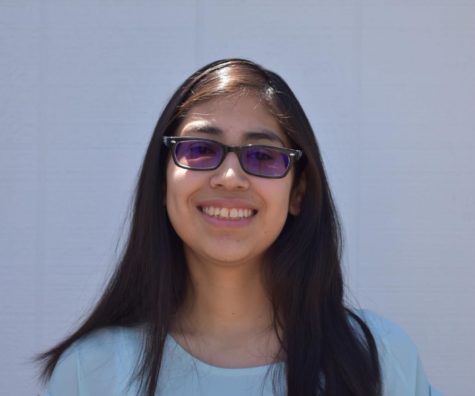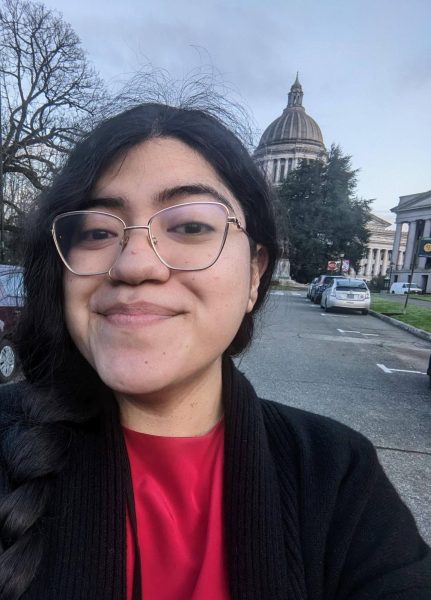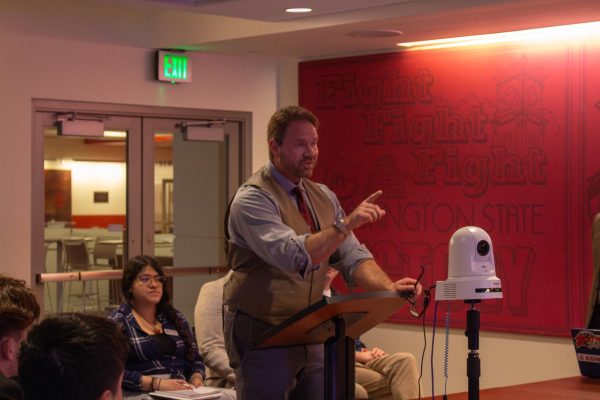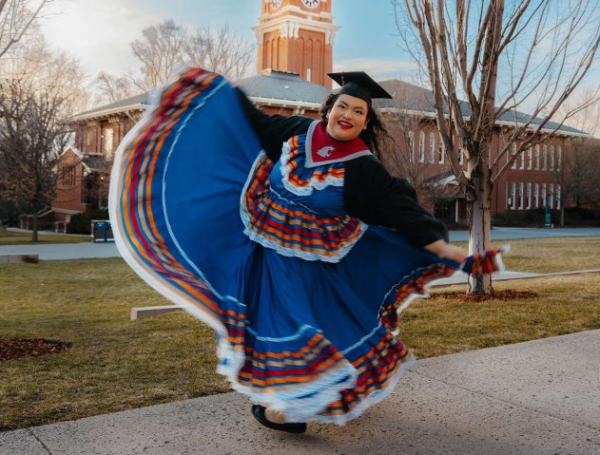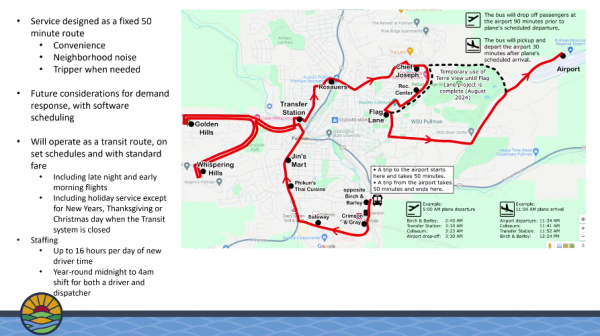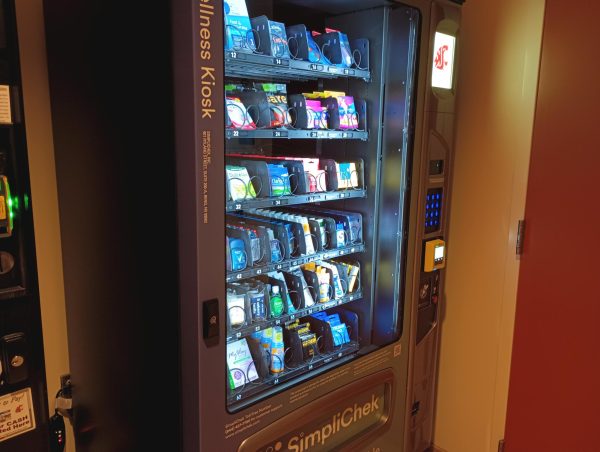Content management software used to preserve Native American culture
Included videos to show different aspects of Native cultures
ANDREA GONZALES | THE DAILY EVERGREEN
A panel of Native American community members talks about the importance of allowing indigenous community members to choose what items to curate and share on Thursday in the Elson S. Floyd Cultural Center.
November 22, 2019
The Center for Digital Scholarship and Curation demonstrated how their content management software is used by Native American communities on Thursday night at the Elson S. Floyd Cultural Center.
Kim Christen, director of digital technology and culture, said the software was developed in 2007. The center has been working with tribal communities throughout the process.
The software is called Mukurtu, she said, which allows Native American communities to manage and access materials based on cultural protocols. The software was created because they saw a cultural and technological need.
The software is used by thousands of indigenous communities around the world, she said. It is available to all communities and has also been used by immigrant and LGBTQ+ groups.
Christen said they wanted the event to showcase the software, for people to see it and get the information out.
During the presentation, they showed multiple videos to show different aspects of Native American culture. Two of the videos they showed were of a Native American dance called the “Swan dance” and a coyote storytelling animation.
The videos were a culmination of 12 years of work and were chosen to give audience members an understanding of the issues, Christen said.
Audra Vincent, the language program manager for the Coeur d’Alene Tribe, said the animation for the coyote story was purposefully not in English.
She said they did three different versions of the animation but they wanted the animation to be in the Native language because they wanted people to know the story and hear the language.
Ann McCormack, Nez Perce Tribe economic development planner, said she came to the event because she was interested in the project, which took a long time to develop it.
She said she wanted to see the people who were working on the project, what tribal representatives had to say and what has been accomplished. She said she hopes people are as impressed with the project as she is.
“This is our heritage and part of our memory so by capturing it with technology it would be there for future generations which is important for tribal people,” McCormack said.
Vincent said she grew up in a time where there was not a lot of knowledge of different cultures and languages.
She said the software is important because it allows Native American resources to be documented and made accessible to people.
“We lost our last one speaker last year, so having documentation from all these archives and libraries is extremely important for us so we can hear fluent speakers,” Vincent said.



